Nestled in the serene Garhwal Himalayas of Uttarakhand, India, the Surkanda Devi Temple stands as a beacon of spiritual reverence and natural beauty. This ancient temple, dedicated to Goddess Sati, is one of the 51 Shakti Peethas and holds a significant place in Hindu mythology and the hearts of devotees. The temple’s unique blend of religious importance, stunning landscapes, and adventurous trek attracts pilgrims, nature enthusiasts, and tourists alike.
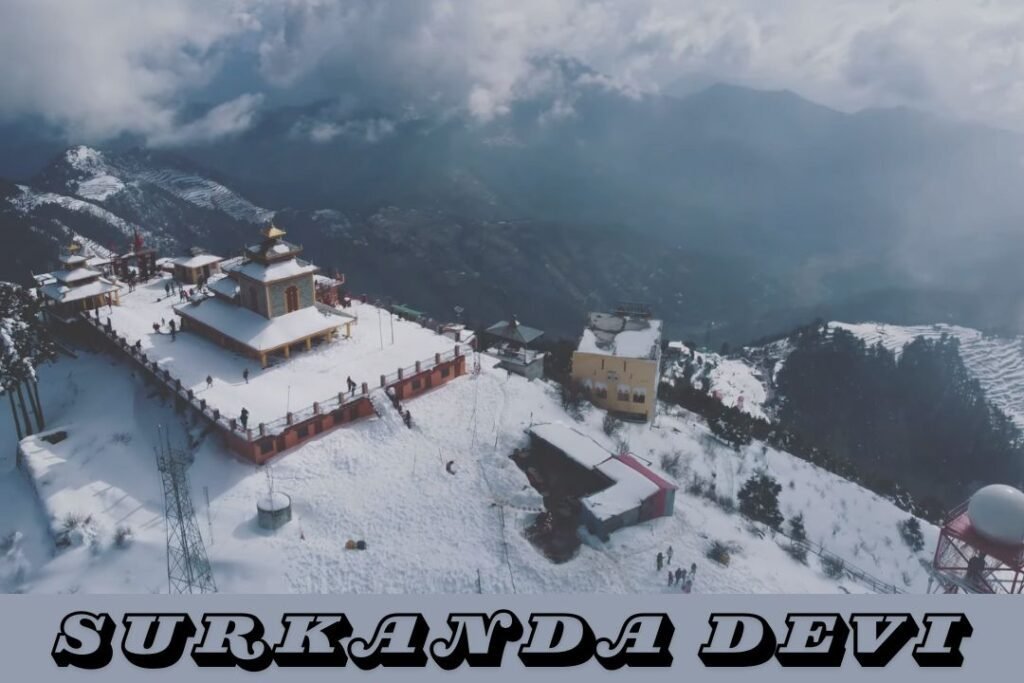
Table of Contents
Key Points
Mythological Significance
Surkanda Devi Temple is steeped in mythological lore. According to Hindu mythology, Goddess Sati, the consort of Lord Shiva, immolated herself after her father, King Daksha, insulted Shiva. Grief-stricken, Shiva carried away Sati’s burnt body, after which Lord Vishnu cut Goddess Sati’s body into 51 pieces with his Sudarshan Chakra. And the pieces fell at various places, forming Shaktipithas. The temple is believed to be the site where Sati’s head fell, thus making it a highly revered spiritual site. The temple is dedicated to Sati in her form as Surkanda Devi, symbolizing feminine power and compassion.
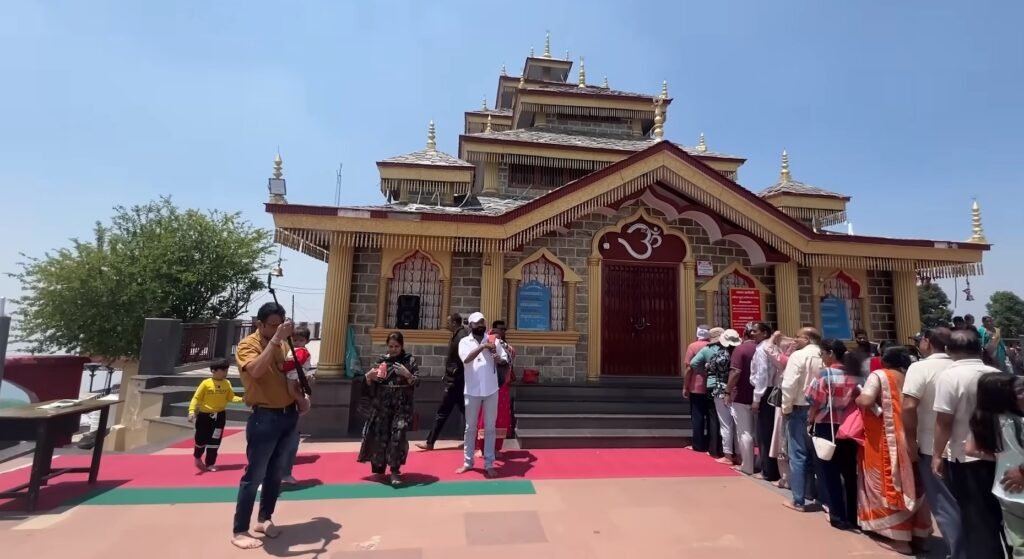

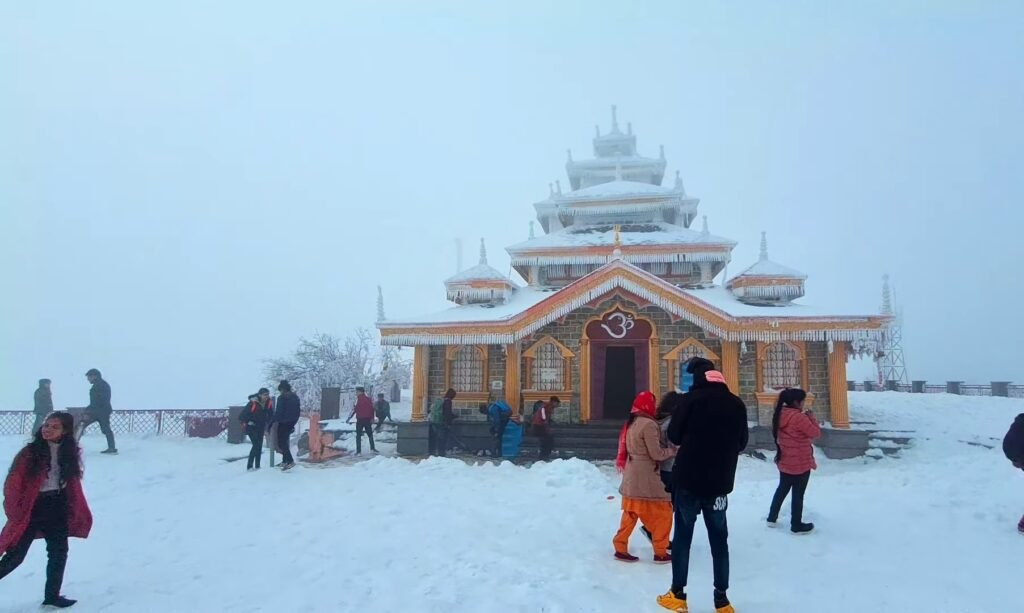



Architectural Features
The temple’s architecture is a blend of traditional North Indian styles with a wooden structure that is both simple and elegant. It features a conical spire (shikhara) that is common in Himalayan temples. Inside the sanctum sanctorum, the idol of Surkanda Devi is beautifully adorned and worshiped with deep devotion. The temple’s wooden structure is intricately carved, showcasing the craftsmanship of the local artisans.
Trekking to Surkanda Devi
The journey to Surkanda Devi Temple involves a scenic and spiritually uplifting trek of approximately 2 km from the base village of Kaddukhal. The trek, though moderately challenging, offers breathtaking views of the surrounding snow-capped Himalayan peaks, including Swargarohini, Bandarpunch, and Chaukhamba. The path is lined with dense forests of deodar and rhododendron, which are especially vibrant during the blooming season. Pilgrims often experience a sense of peace and spiritual awakening during the trek, which is considered part of the pilgrimage.


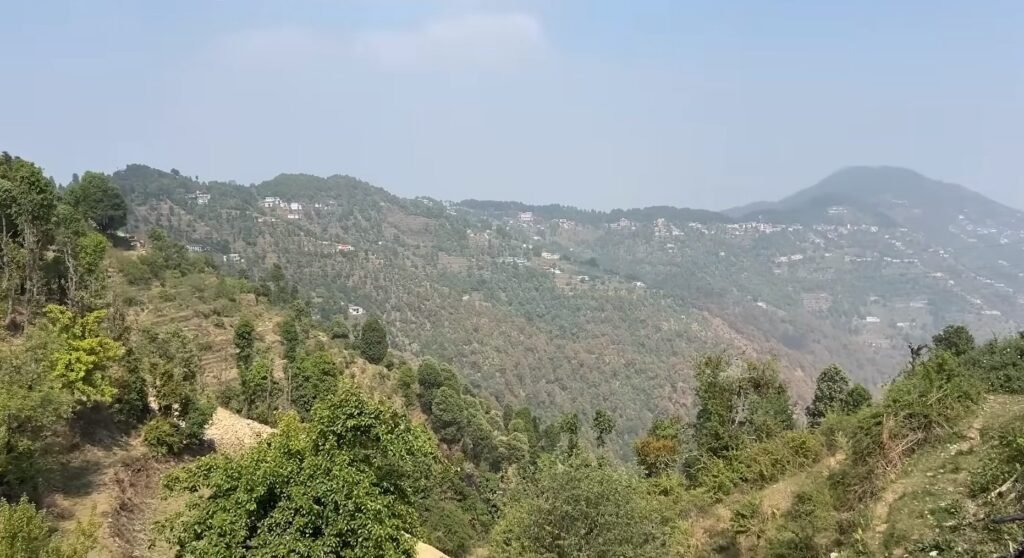

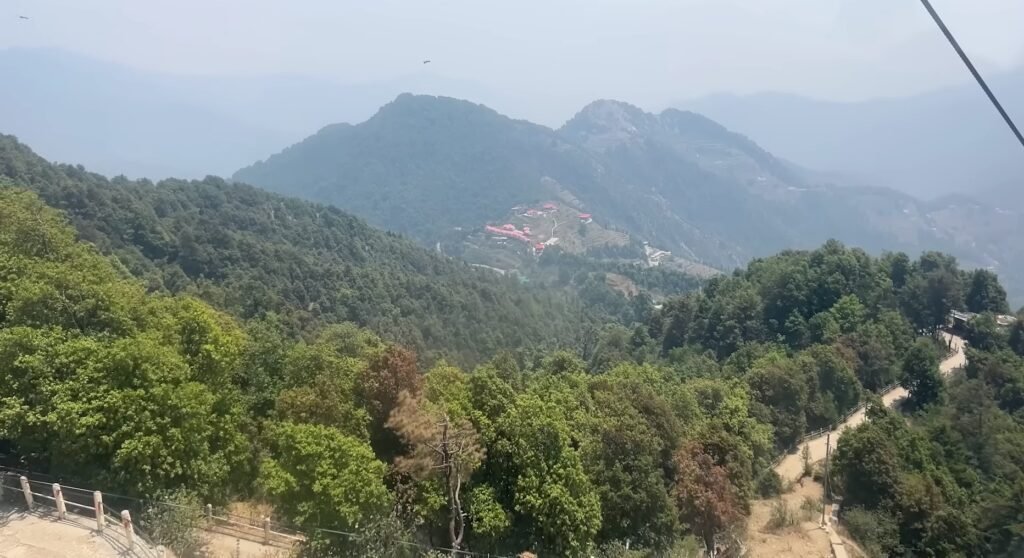



Festivals and Celebrations
The temple is a hub of activity and festivity, particularly during the Ganga Dussehra festival, celebrated in May or June. This festival marks the descent of the Ganges from heaven to earth and is a time of vibrant celebrations, rituals, and prayers. Another significant festival is Navratri, a nine-day celebration dedicated to the goddess, during which special pujas and offerings are made. The temple also observes the annual fair, attracting a large number of devotees and tourists who come to seek blessings and partake in the festivities.
Surrounding Attractions of Surkanda Devi Temple
Kanatal
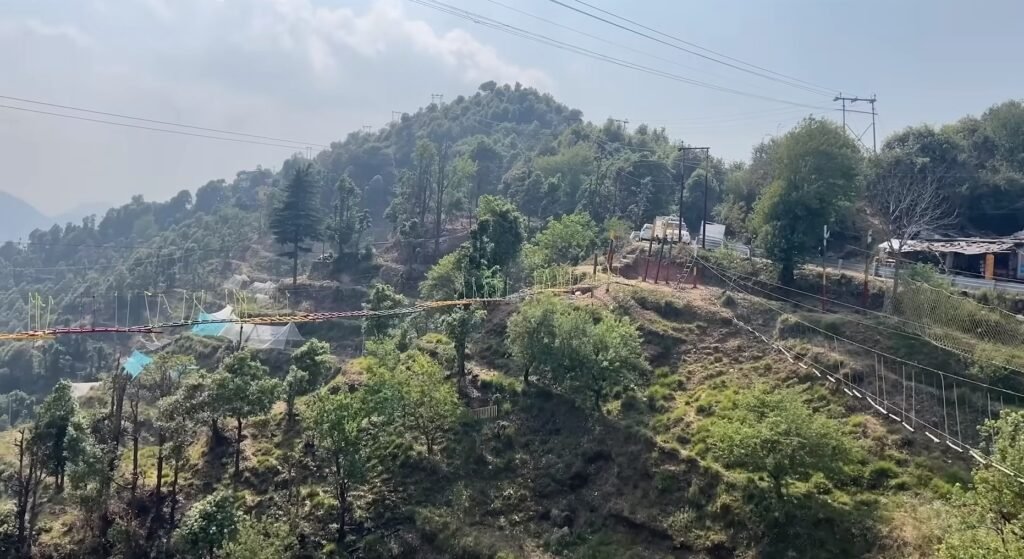

Altitude and Climate: Located at an altitude of 2,590 meters, Kanatal enjoys a pleasant climate throughout the year, with cool summers and snowy winters.
Natural Beauty: The area is known for its pristine landscapes, including dense pine forests, verdant meadows, and panoramic views of the Himalayan range.
Adventure Activities: Kanatal is a hub for adventure sports such as trekking, camping, and zip-lining. The region’s varied terrain provides ample opportunities for outdoor enthusiasts.
Cultural and Historical Sites: Apart from natural beauty, Kanatal hosts several temples and historical sites that offer a glimpse into the region’s rich cultural heritage.
Accommodation and Amenities: The town offers a range of accommodations, from budget guesthouses to luxury resorts, catering to different types of travelers.
Kaudia Eco Park
Eco-Tourism: Kaudia Eco Park is designed to promote eco-tourism and conservation. It offers guided nature walks and educational tours about local flora and fauna.
Flora and Fauna: The park is home to a variety of plant species, including rhododendrons and oaks, and wildlife such as deer and various bird species.
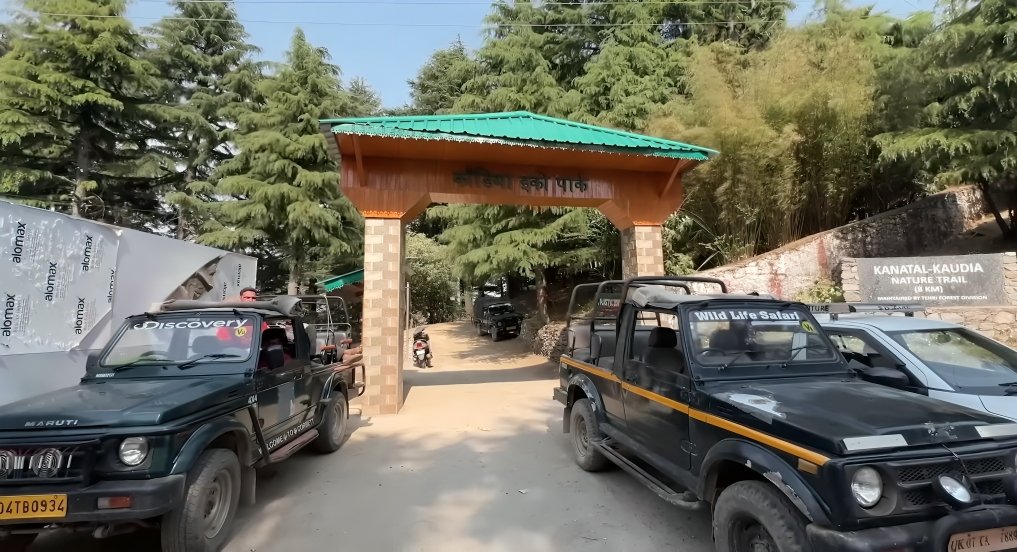

Scenic Trails: The park features several trails that provide breathtaking views of the surrounding mountains and valleys, ideal for hiking and photography.
Adventure Activities: In addition to serene nature walks, the park offers activities like rappelling, rock climbing, and bird watching, making it a versatile destination for all age groups.
Visitor Facilities: Kaudia Eco Park is equipped with basic amenities such as picnic spots, restrooms, and information centers, ensuring a comfortable visit.
Adventure Park Kanatal
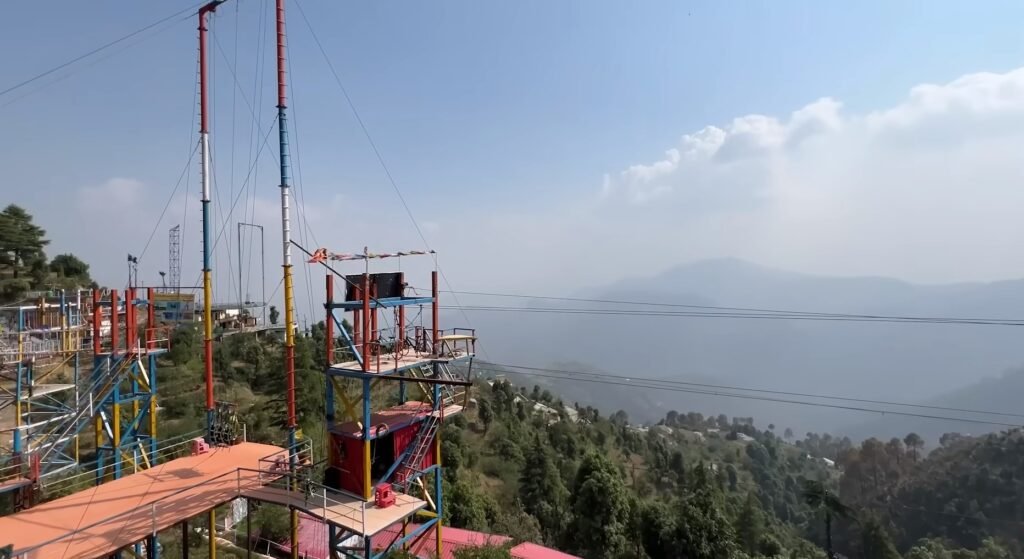

Outdoor Adventures: Adventure Park Kanatal is a popular destination for thrill-seekers, offering activities such as zip-lining, sky-walking, and rope bridges.
Team Building Activities: The park provides facilities for team-building exercises, making it a favorite for corporate outings and school trips.
Safety and Standards: All activities are conducted under strict safety protocols, with trained instructors and high-quality equipment ensuring a secure experience for participants.
Natural Setting: Set amidst the scenic beauty of Kanatal, the park offers a unique combination of adventure and nature, providing a refreshing escape from urban life.
Family-Friendly: With activities suitable for all ages, Adventure Park Kanatal is a great place for families to enjoy a day of fun and excitement together.
Eco Park Dhanaulti
Conservation Focus: Eco Park Dhanaulti emphasizes conservation and environmental awareness. It features plantations of deodar and oak trees, promoting reforestation efforts in the region.
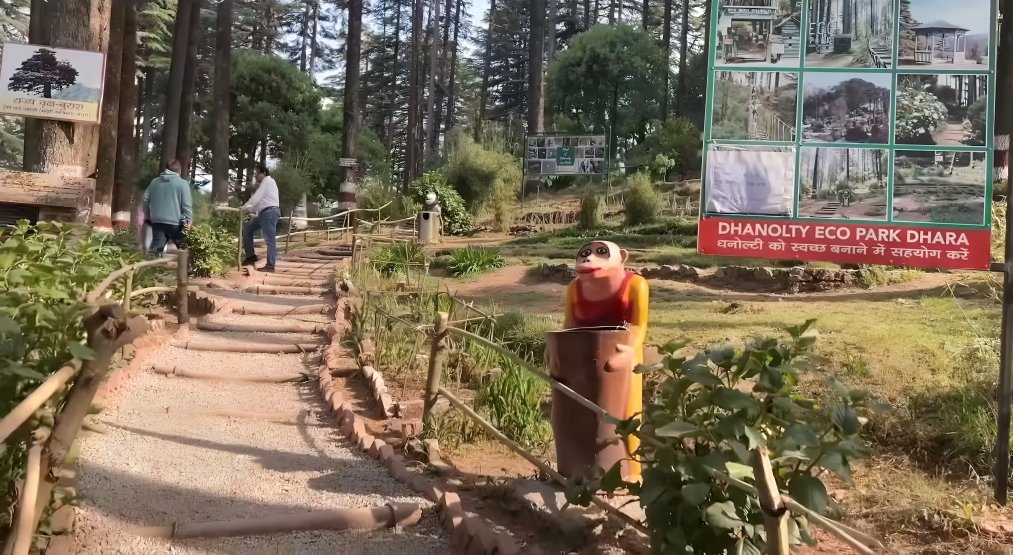

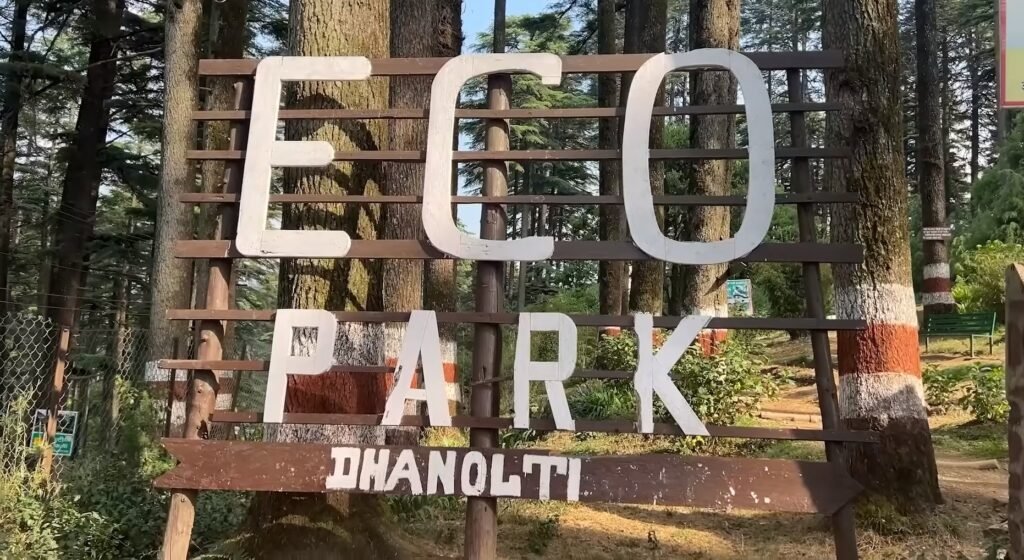

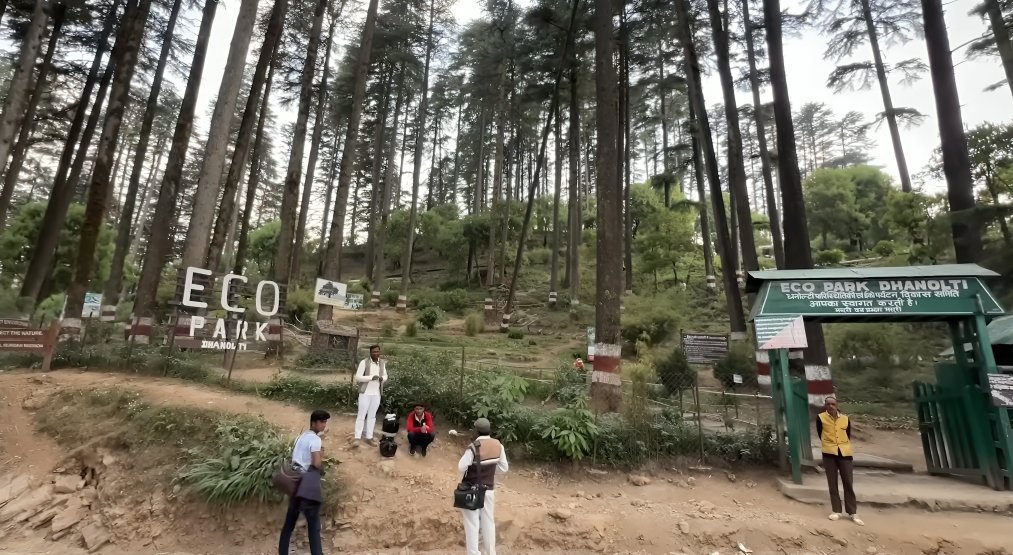

Eco-Friendly Infrastructure: The park includes eco-friendly amenities like solar-powered lights and waste management systems, making it a model for sustainable tourism.
Recreational Activities: Visitors can enjoy a variety of activities such as hiking, bird watching, and guided nature tours that highlight the park’s biodiversity.
Children’s Play Area: The park has a dedicated play area for children, including swings, slides, and other recreational equipment, making it a family-friendly destination.
Local Handicrafts and Souvenirs: There are shops within the park that sell local handicrafts, organic produce, and souvenirs, providing a taste of the region’s culture and products.
Apple Orchard Resort
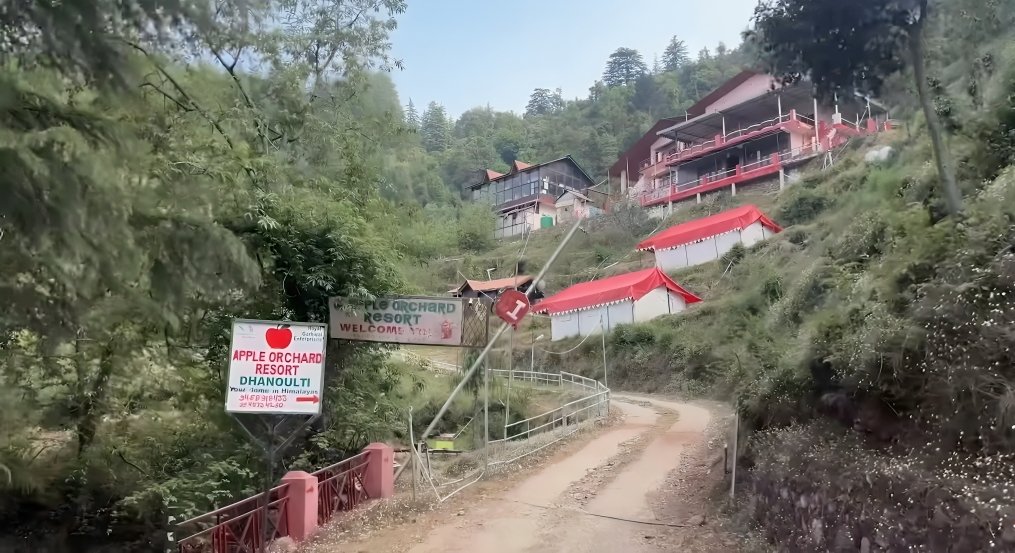

Culinary Experience: Guests can enjoy fresh, locally-sourced cuisine, including apples and other seasonal fruits grown in the orchards.
Activities and Events: The resort organizes various activities such as orchard tours, apple picking, and outdoor barbecues, providing an immersive experience of rural life.
Scenic Location: The resort is set amidst lush apple orchards, offering a tranquil and picturesque environment that is perfect for relaxation and nature walks.
Accommodation: The resort provides a range of comfortable accommodations, from cozy cottages to well-furnished rooms, catering to different preferences and budgets.
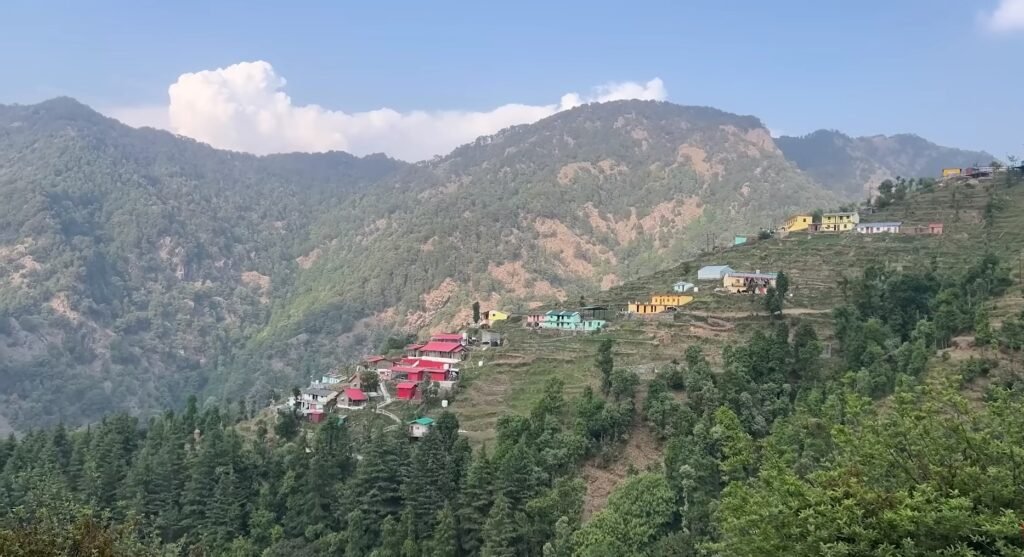

Wellness and Leisure: Facilities include yoga and meditation spaces, spa services, and wellness programs designed to rejuvenate the body and mind.
Mussoorie
Historical Significance: Known as the “Queen of Hills,” Mussoorie has a rich colonial history and is dotted with Victorian-style architecture, including old churches and heritage buildings.
Major Attractions: Key sites include Kempty Falls, Gun Hill, Camel’s Back Road, and the Mall Road, which offer scenic views, shopping, and dining options.
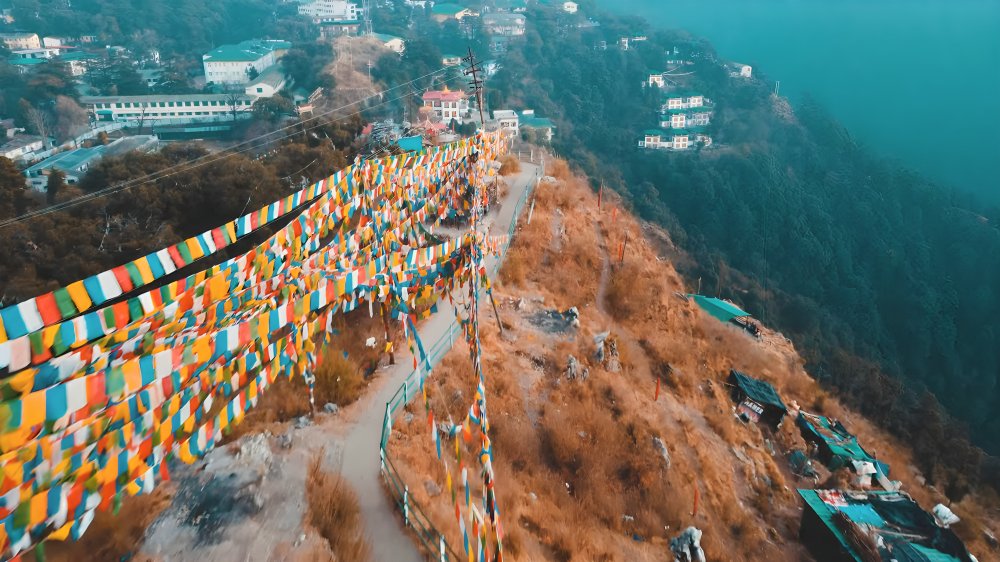

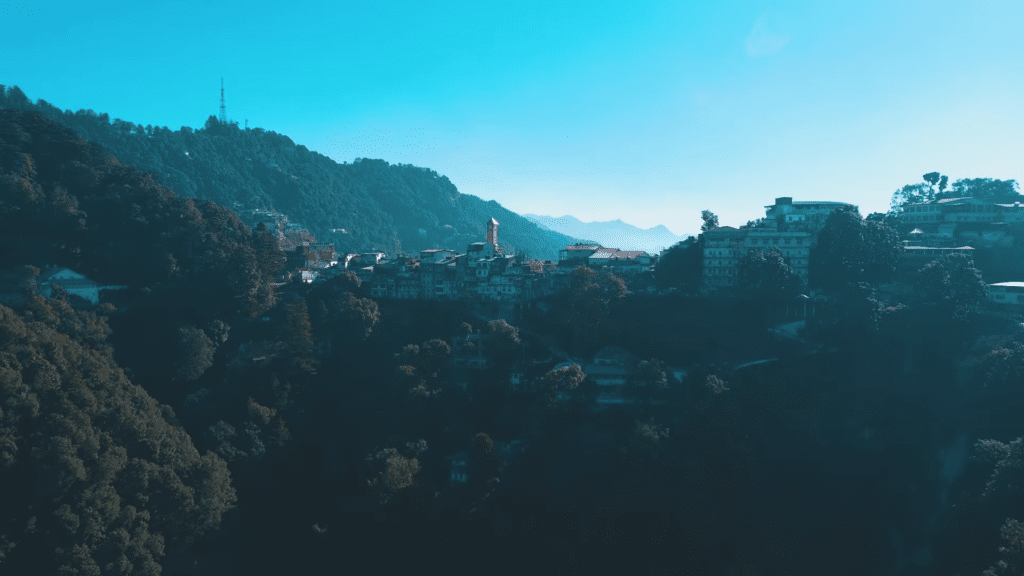

Educational Institutions: Mussoorie is home to renowned schools like Woodstock School and The Doon School, contributing to its reputation as an educational hub.
Climate and Natural Beauty: The town enjoys a temperate climate, with cool summers and mild winters. Its natural beauty, characterized by mist-covered hills and lush greenery, attracts tourists year-round.
Adventure and Outdoor Activities: Beyond sightseeing, Mussoorie offers activities like trekking, paragliding, and horse riding, catering to adventure enthusiasts and leisure travelers alike.
How to Reach
By Air
Nearest Airport: The nearest airport is Jolly Grant Airport in Dehradun, about 100 km from Surkanda Devi Temple. The airport has regular flights from Delhi and other major cities.
From the Airport: From Jolly Grant Airport, travelers can hire a taxi or take a bus to Kaddukhal. The journey by road from the airport to the temple takes approximately 3-4 hours.
By Train
Nearest Railway Station: The closest major railway station is Dehradun, located approximately 80 km from the temple. Dehradun is well-connected to major cities like Delhi, Mumbai, and Kolkata by frequent trains.
From the Railway Station: After reaching Dehradun, visitors can hire a taxi or take a bus to Kaddukhal. Alternatively, they can travel to Mussoorie and continue their journey from there.
By Road
Motorbike or Car:
- From Delhi: The most common route is via NH334, passing through Meerut, Roorkee, and Haridwar, then continuing on to Rishikesh and Chamba before reaching the base village of Kaddukhal. The distance from Delhi to Kaddukhal is approximately 290 km, and the journey takes around 7-8 hours by car or bus.
- From Dehradun: The temple is about 80 km from Dehradun, the capital of Uttarakhand. The drive takes around 2-3 hours via Mussoorie and Dhanaulti. The road offers picturesque views of the surrounding hills and forests.
Local Transport: Buses and shared taxis are available from major towns like Mussoorie, Dehradun, and Rishikesh to Kaddukhal, the nearest village to the temple.
Trek to the Temple
Starting Point: The trek to Surkanda Devi Temple starts from Kaddukhal village. The trekking distance is about 2 km, and it is a moderately challenging climb.
Trail Conditions: The trek path is well-marked and passes through dense forests and scenic landscapes. It takes about 1-2 hours to reach the temple, depending on one’s pace and physical fitness.
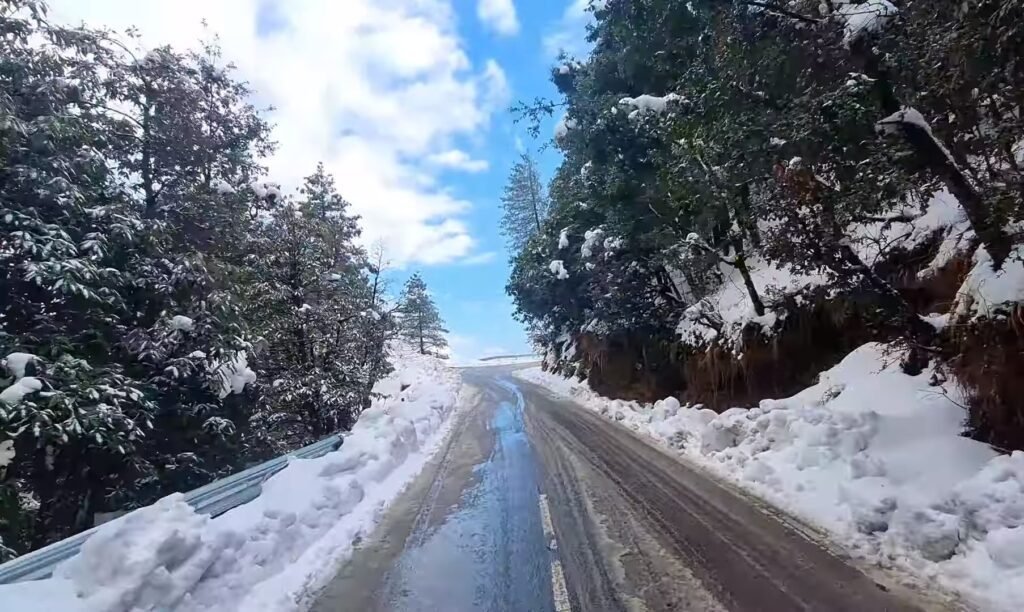

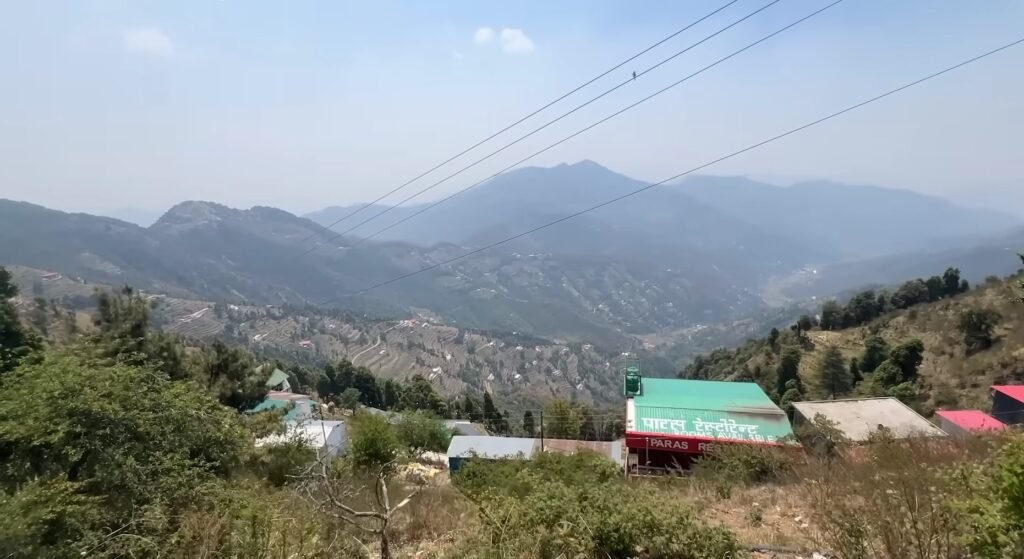

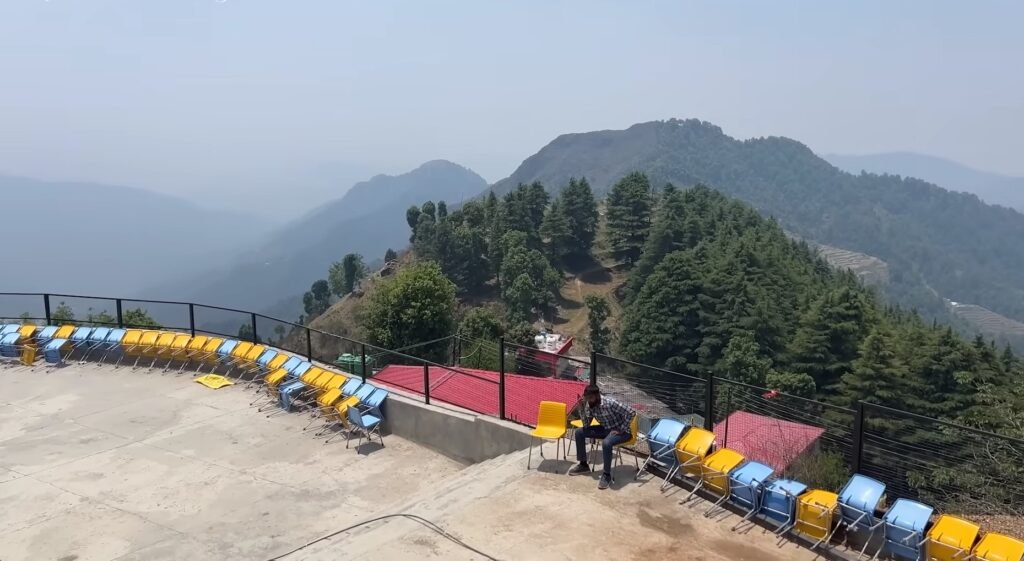



Accommodations
Hotels and Guesthouses in Dhanaulti
- Overview: Dhanaulti, located about 8 km from Surkanda Devi Temple, is a popular hill station with several hotels and guesthouses offering comfortable stays.
- Types of Accommodation: Options range from budget guesthouses to mid-range hotels, many with scenic views of the surrounding hills and forests.
- Popular Choices: Some well-known accommodations include Hotel Drive Inn, Classic Hill Top Resort, and The Green Valley Resort.
Resorts and Cottages in Kanatal
- Overview: Kanatal, located approximately 12 km from the temple, is another popular destination known for its tranquil environment and scenic beauty.
- Types of Accommodation: Kanatal offers a range of resorts and cottages, ideal for travelers looking for a more serene and upscale experience.
- Popular Choices: Notable resorts include The Terraces, Club Mahindra Kanatal, and Whispering Pines.
Budget Stays in Mussoorie
- Overview: Mussoorie, a major tourist destination, is about 30 km from Surkanda Devi Temple. It offers a wide variety of accommodations, including budget hotels, lodges, and guesthouses.
- Types of Accommodation: This option is ideal for budget-conscious travelers or those who prefer staying in a more bustling town with access to shops, restaurants, and other attractions.
- Popular Choices: Some budget-friendly options include Hotel Himalayan Club, Hotel Padmini Nivas, and Camel’s Back Resort.
Camping and Eco-Stays
- Overview: For those seeking an adventure or a close-to-nature experience, camping and eco-stay options are available in the areas surrounding the temple, particularly in Dhanaulti and Kanatal.
- Types of Accommodation: These include tents, eco-lodges, and rustic cabins, offering a unique experience amidst nature.
- Popular Choices: Known options include Camp Little Jaguar, Camp O Royale, and Camp Awara.
Home Stays and Local Guesthouses
- Overview: Staying in a homestay or local guesthouse can provide a more personalized experience, often including interactions with local families and insights into regional culture and traditions.
- Types of Accommodation: These are generally more intimate and smaller-scale accommodations, often located in villages or smaller towns like Kaddukhal and Chamba.
Local Cuisine
Aloo Ke Gutke: A simple yet flavorful dish made from boiled potatoes sautéed with spices like cumin seeds, turmeric, and coriander.
Kumaoni Raita: A refreshing yogurt-based dish, Kumaoni Raita is made with grated cucumber, mustard seeds, and a mix of spices. It has a unique tangy and slightly spicy flavor.
Jhangora Ki Kheer: A traditional sweet dish made from Jhangora (barnyard millet), milk, and sugar, flavored with cardamom and garnished with nuts and saffron.
Kafuli: A nutritious dish made from green leafy vegetables like spinach or fenugreek leaves, cooked with a blend of spices and thickened with rice or wheat flour.
Chainsoo: A protein-rich dish made from black gram dal (lentils), roasted and ground into a coarse powder, then cooked with spices and ghee.
Phaanu: Another lentil-based dish, Phaanu is prepared from a mix of lentils soaked overnight, ground, and then cooked with a variety of spices. It has a thick, soup-like consistency.
Baadi: Baadi is a traditional Garhwali dish made from a flour of roasted black soybeans (locally known as ‘Bhat’) cooked with water to form a thick paste. It is seasoned with herbs and spices.
Garhwali Bhatt Ki Chudkani: This dish features black soybeans cooked in a spicy gravy made from mustard oil, garlic, ginger, and local spices.
Arsa: A traditional sweet made from rice flour, jaggery, and clarified butter (ghee). It is a popular during festivals and celebrations.
Singori or Singodi: A traditional sweet wrapped in Maalu leaves, Singori is made from condensed milk (khoya) flavored with cardamom and garnished with coconut or dry fruits.
Travel Tips and Safety advice
Best Time to Visit
- Season: The best time to visit is from April to June and September to November. For outdoor activities during these months, the weather is pleasant, and the skies are clear, offering excellent views.
- Avoid Winter: The temple area experiences heavy snowfall in winter (December to February), which can make the trek challenging and sometimes inaccessible.
Clothing and Gear
- Layered Clothing: The weather can change quickly in the mountains. Wear layered clothing to adjust to temperature changes, and carry a light jacket even in summer.
- Comfortable Shoes: Since the temple is accessible by a trek, wear comfortable, sturdy shoes suitable for walking on uneven terrain.
- Sun Protection: Carry sunglasses, sunscreen, and a hat to protect against the sun, especially during the trek.
Health and Safety
- Hydration: Carry sufficient water to stay hydrated, especially during the trek.
- Altitude Consideration: The temple is at a high altitude, so if you are prone to altitude sickness, consider taking precautions such as acclimatizing properly or consulting a doctor beforehand.
- Local Guidelines: Follow local guidelines and respect the cultural norms at the temple and surrounding areas.
Cultural Etiquette
- Temple Dress Code: Dress modestly when visiting the temple as a sign of respect. Avoid wearing shorts or sleeveless tops.
- Photography Etiquette: Always ask for permission before taking photos of people, especially locals and pilgrims. Avoid photography inside the temple premises unless explicitly allowed.
Travel Arrangements
- Early Start: Start your journey early in the morning to avoid the midday sun and ensure a comfortable trek.
- Local Transport: If using public transport, check the schedule in advance, as services to and from the temple may be infrequent.
Conclusion
Surkanda Devi Temple is not just a place of worship but a spiritual journey that offers tranquility, adventure, and a deep connection with nature. Whether you are a pilgrim seeking blessings, a trekker looking for adventure, or a traveler in search of peace and scenic beauty, the temple and its surroundings provide a fulfilling experience. This destination is a testament to the rich cultural and spiritual heritage of Uttarakhand, making it a must-visit for anyone exploring the region.


Frequently Asked Questions (FAQs)
What is Surkanda Devi Temple?
Surkanda Devi Temple is a revered Hindu temple dedicated to Goddess Surkanda, 1 of the 51 Shaktipeeths which is a form of Goddess Sati. It is located in the Tehri district of Uttarakhand, India, and is part of the Panch Kedar pilgrimage circuit.
How do I reach Surkanda Devi Temple?
By Air: The nearest airport to Surkanda Devi Temple is Jolly Grant Airport in Dehradun. From the airport, you can travel by taxi or bus to Kaddukhal and then trek to the temple.
By Train: The nearest railway station is Dehradun. From there, you can hire a taxi or take a bus to Kaddukhal and then trek to the temple.
By Road: The temple is accessible by road from major towns like Dehradun, Mussoorie, and Rishikesh. From these towns, you can reach Kaddukhal, the base village, and then trek about 2 km to the temple.
What is the best time to Travel Surkanda Devi Temple?
The best time to visit is April to June and September to November, the weather is pleasant during these months. Avoid visiting in winter (December to February) due to possible snowfall and difficult trekking conditions.
How long is the trek to reach Surkanda Devi Temple?
The trek from Kaddukhal to the temple is approximately 2 km. It typically takes 1-2 hours to complete, depending on your pace and physical condition.
Are there any accommodation options around Surkanda Devi Temple?
Yes, there are several accommodation options in nearby areas such as Dhanaulti, Kanatal, and Mussoorie. Choices range from budget guesthouses and hotels to luxury resorts and eco-stays.
What should I wear when visiting the temple?
Dress modestly when visiting the temple. It is recommended to wear comfortable clothing and sturdy footwear for the trek. Avoid shorts and sleeveless tops as a mark of respect.
Is photography allowed at Surkanda Devi Temple?
Photography is generally allowed outside the temple premises. However, it is advisable to seek permission before taking photographs inside the temple and of local people, as certain areas may have restrictions.
What are the local cuisine options near the temple?
You can enjoy traditional Garhwali and Kumaoni dishes such as Aloo Ke Gutke, Kumaoni Raita, Jhangora Ki Kheer, Kafuli, and Chainsoo at local eateries and restaurants in nearby towns.
Are there any entry fees or charges to visit the temple?
There is no entry fee to visit Surkanda Devi Temple. However, donations can be made to the temple.
Are there any specific festivals celebrated at the temple?
The temple hosts various religious festivals, including Navratri and Maha Shivaratri. These festivals are marked by special rituals, ceremonies, and an influx of devotees.
What facilities are available at the temple?
Basic facilities at the temple include a small waiting area, drinking water, and restrooms. There are no major facilities, so it is advisable to carry essentials like water and snacks during your trek.
Is there a guide available for the trek?
Guides and porters are available at Kaddukhal village if you need assistance with the trek. It is a good idea to arrange for a guide if you are unfamiliar with the trekking route or local area.
What should I bring with me for the trek?
For the trek, bring comfortable walking shoes, a water bottle, sunscreen, a hat, and light snacks. It is also advisable to carry a camera, though be mindful of photography restrictions.
Can I visit Surkanda Devi Temple as a day trip?
Yes, Surkanda Devi Temple can be visited as a day trip from nearby towns like Dhanaulti, Mussoorie, or Dehradun. Plan your trip early in the morning to ensure you have enough time for the trek and visit.
Are there any health precautions I should take?
If you are prone to altitude sickness, take necessary precautions as the temple is situated at a high altitude. Stay hydrated, avoid heavy meals before the trek, and consult a doctor if you have any health concerns.

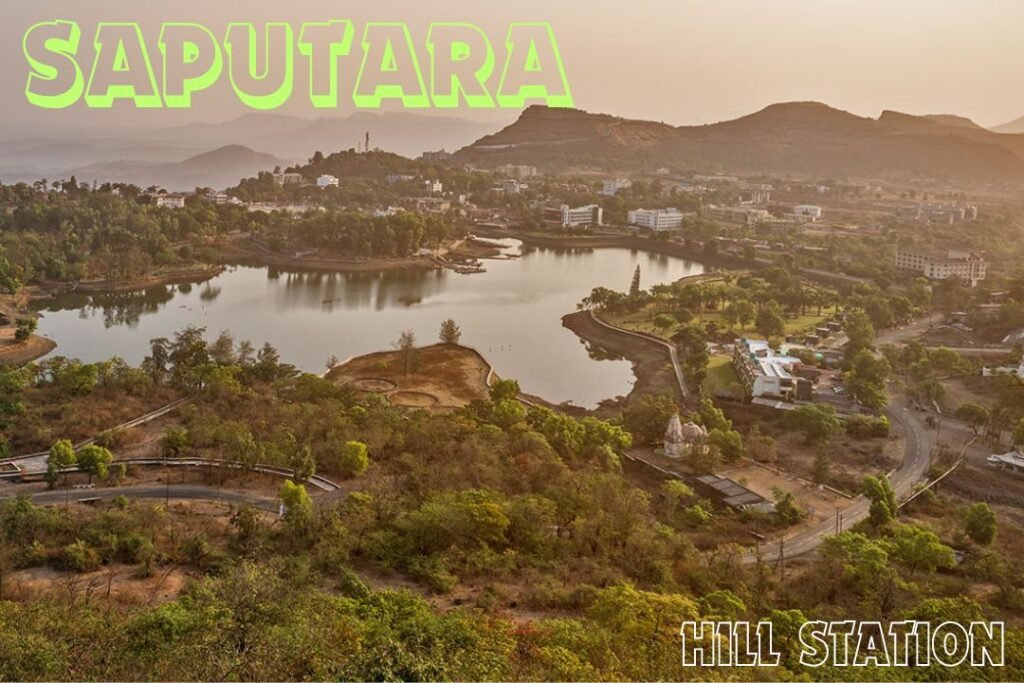
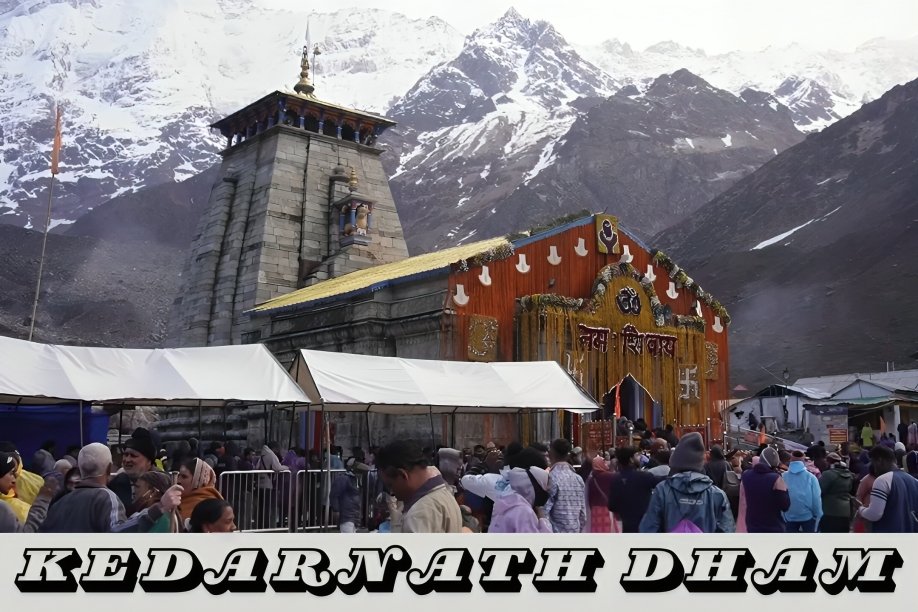
This design is spectacular! You most certainly know how to keep a reader entertained.
Between your wit andd your videos, I was almost moved to start my own blog (well,
almost…HaHa!) Excellent job. I really enjoyed what you had to
say, and more thqn that, how you presented it. Too cool! https://WWW.Waste-Ndc.pro/community/profile/tressa79906983/
thank you 👍